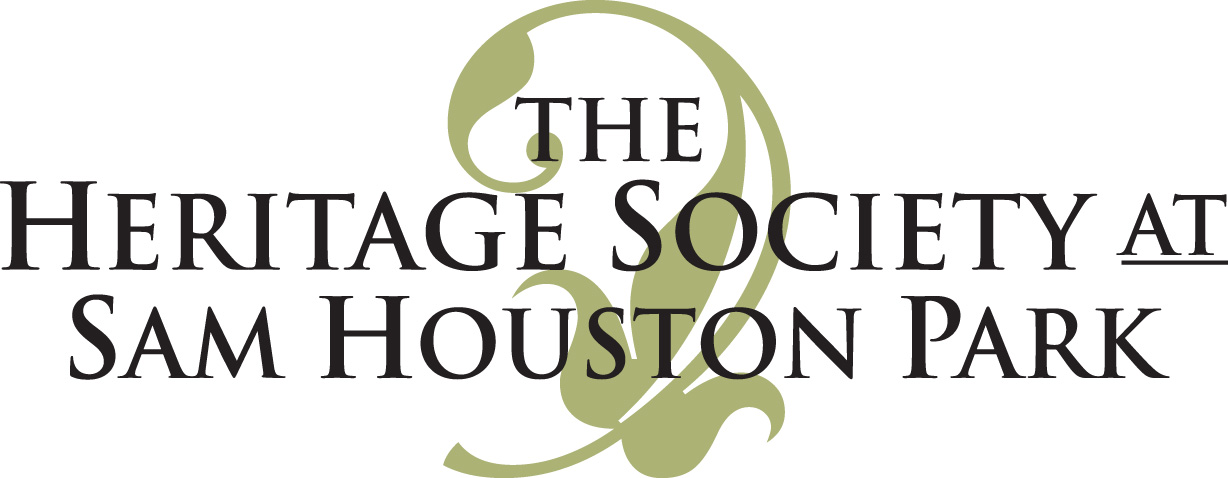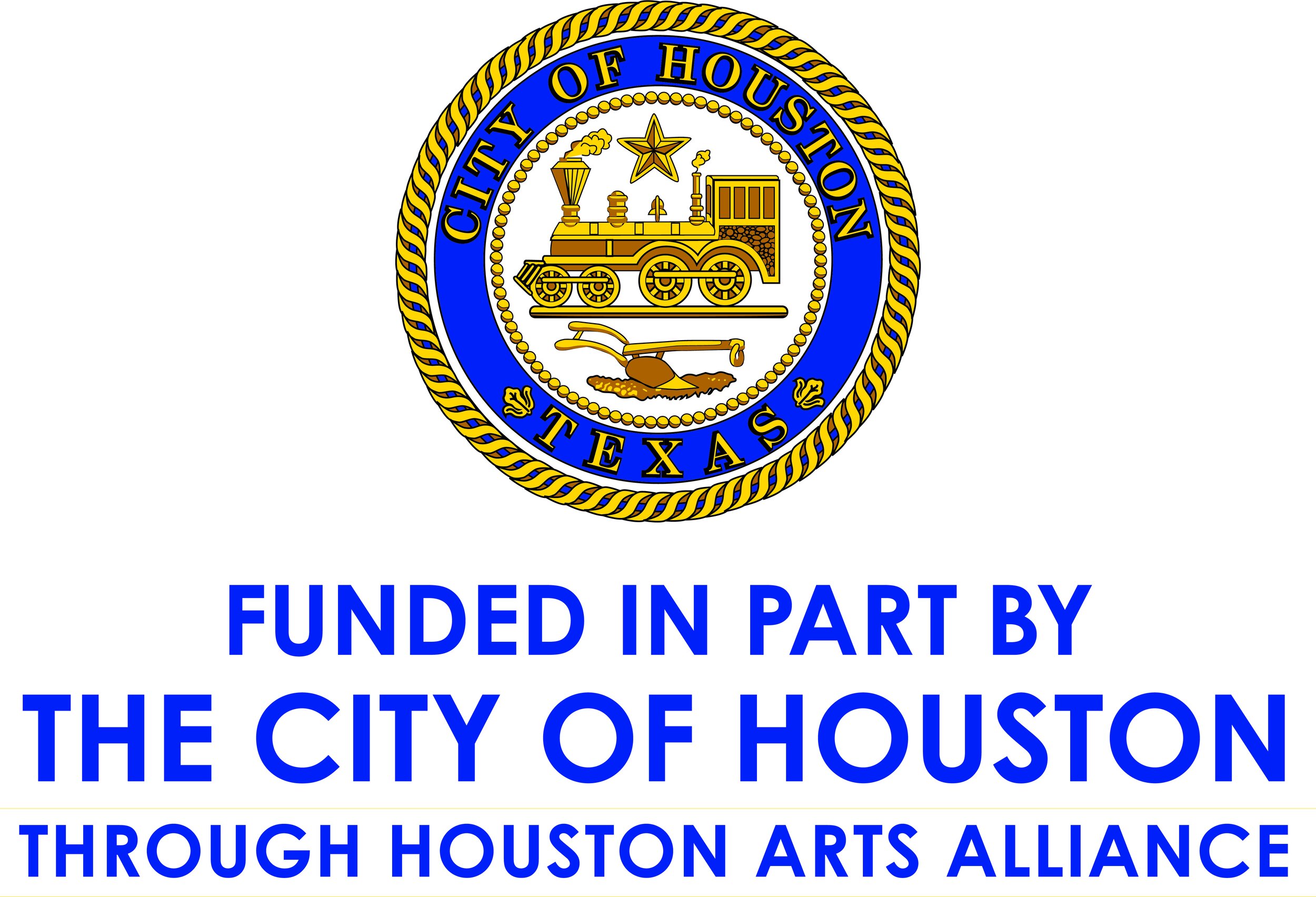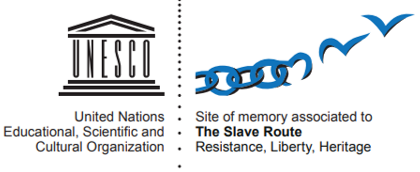Truth in Advertising
Houston’s Askew Pharmacy was one of many early pharmacies with interesting products that claimed extraordinary results.
Visiting the local drug store in the last century was more of a nostalgic experience than going to a superstore today. These establishments were neighborhood businesses and frequently included a soda fountain area. Just as they do today, the drugs stores of years past dispensed medications prescribed by a physician as well as a variety of toiletry items and over the counter medicinal products. The Askew Pharmacy was a chain of locally owned and operated stores in Houston. When he closed the last of his ten stores in the early 1980’s, Mr. Hubert C. Askew, the owner of Askew Pharmacy, donated a collection of vintage items to The Heritage Society.
The Askew Pharmacy inventory contained a variety of daily toiletry items such as Lucky Tiger for Scalp and Hair, Old Spice Toilet Water, and Druckers Tooth Powder. Elderflower Water, a mild astringent and gentle stimulant, was used in our great-grandmother’s day to keep her skin fair and free from blemishes. Herbal remedies were just as popular as today. Elm Bark was used internally to sooth sore throats and coughs and for gastric upsets and externally for healing wounds and other skin inflammations. Troublesome complaints like headaches were treated with Bromo Salts, a proprietary effervescent headache remedy and antacid.
Medicine from Askew pharmacy, The Heritage Society Permanent Collection
Included in the items from the Askew Pharmacy were a number of patent medicines. Patent, or proprietary medicines reached their height of popularity between 1860 and 1900. It has been estimated that over 100,000 different brands appeared on the market during this period. The name patent medicine is somewhat misleading. These products were not actually patented products but rather medicines with trademarks – usually medical compounds with exotic ingredients and exaggerated claims for cures. The promotion of these products was one of the first major efforts of the advertising industry. Many advertising and sales techniques were pioneered by patent medicine promoters and included print ads in almanacs, catalogues, and newspapers, mail-order sales, and the infamous “medicine show”, a traveling circus of sorts which offered vaudeville-style entertainment on a small scale and which culminated in a pitch for the nostrum being sold.
Patent medicines were supposedly able to cure just about everything. A famous patent medicine of the period was Dr. Kilmer’s Swamp Root, invented by Dr. Andral S. Kilmer. According to its literature, unspecified roots found in swamps had remarkable effects on the kidneys. Doctor Pierce’s Favorite Prescription was manufactured by Dr. Ray Vaughn Pierce, one of the most famous of the patent-medicine wizards. Chamberlain’s Colic Relief was a popular product for pain in the stomach and colic; the label indicated that it contained alcohol, chloroform, and ether. Another product, McElree’s Cardui, was marketed by Reverend R.I. McElree as a woman’s tonic and was based on an herbal concoction used by Indian women for menstrual pain; its contents included blessed thistle, golden seal, and alcohol.
In 1905 a journalist named Samuel Hopkins Adams published an expose entitle “The Great American Fraud” in Collier’s Weekly which publicized 264 fraudulent firms and hucksters. This led to the passage of the first Pure Food and Drug Act in 1906. This particular legislation did not ban use of harmful substances in patent medicines; it required the disclosure of product contents and curbed some of the more fraudulent claims that appeared on the labels. In many cases, the term “cure” was simply changed to “remedy”. The statue’s passage forced many patent medicine companies out of business.









